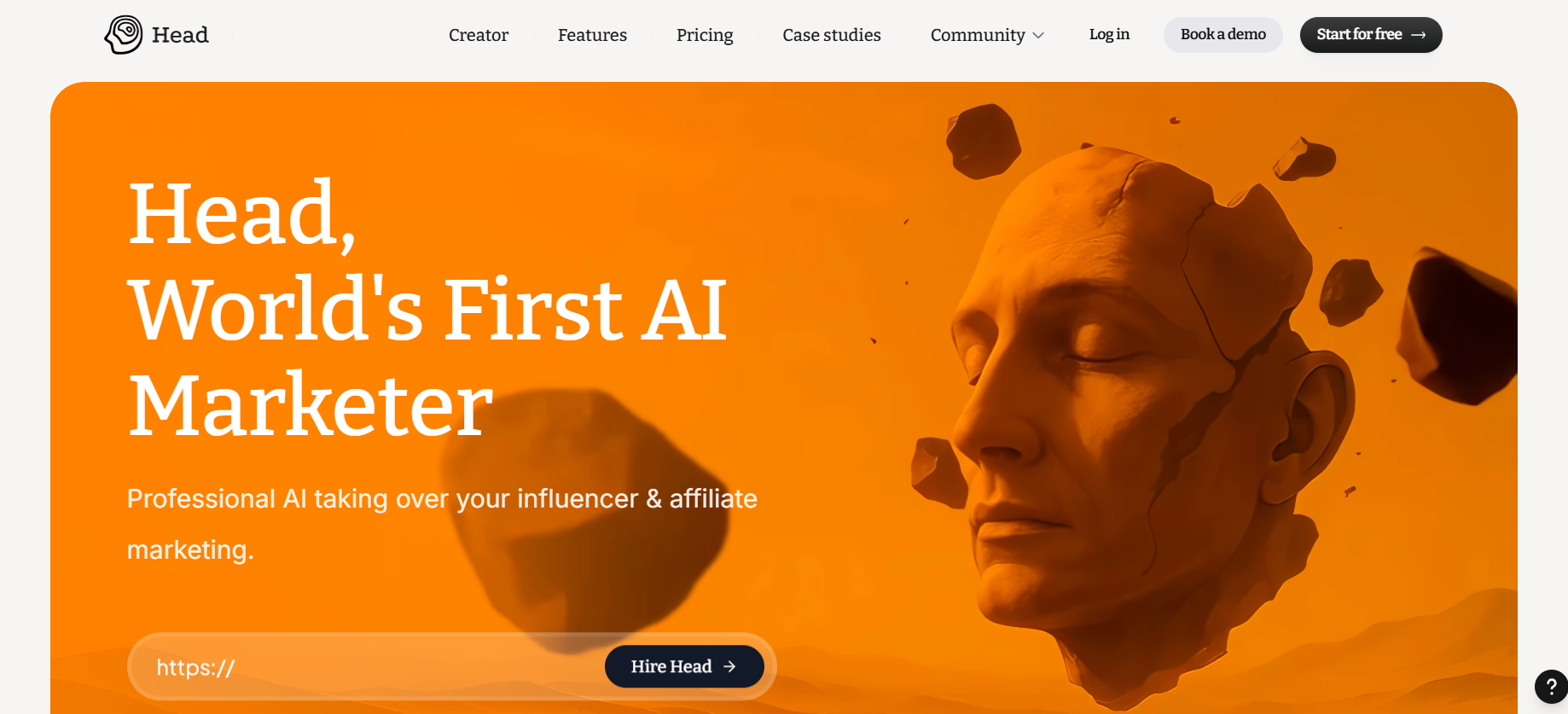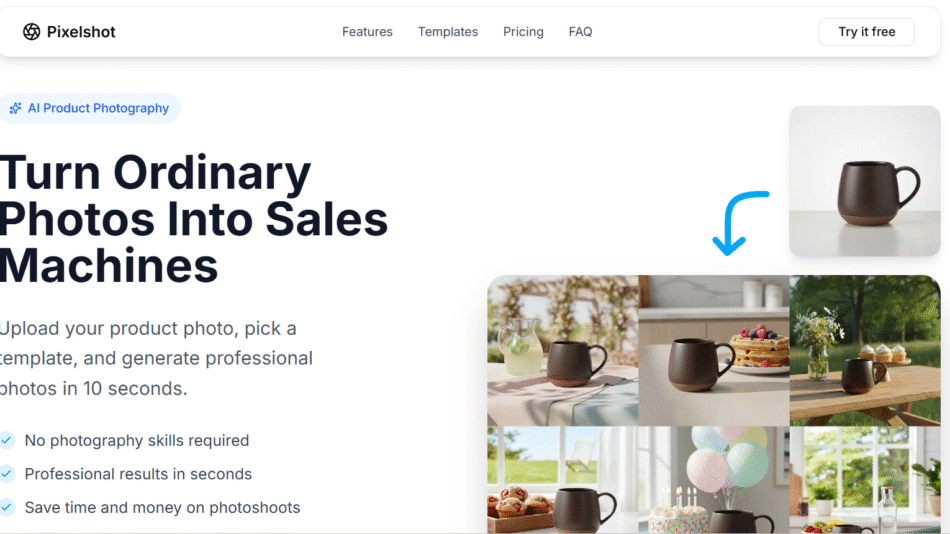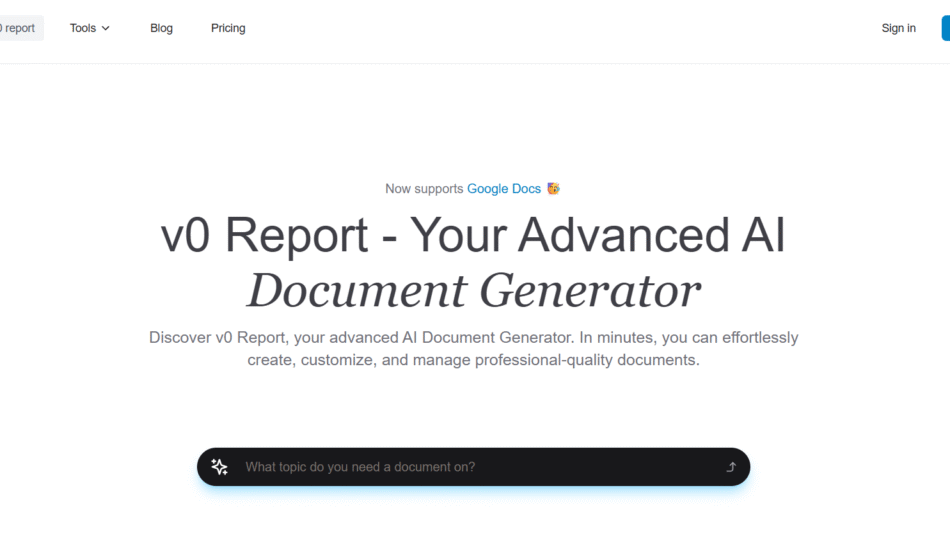Headai is an AI-powered cognitive computing platform that turns unstructured data into actionable insights for workforce development, education alignment, and policy decision-making. By using natural language processing (NLP) and graph-based AI, Headai provides semantic analysis and skill-based mapping of data across industries and educational systems.
Trusted by governments, universities, and corporations, Headai offers a new way to understand the relationships between skills, jobs, and learning — helping organizations make better decisions about talent, education, and the future of work.
Features
Cognitive Text Analytics
Headai uses advanced NLP to analyze textual data from job listings, course descriptions, resumes, and more — extracting meaningful concepts, skills, and trends.
Skill and Competence Mapping
The platform maps skills semantically across different data sources, allowing users to identify overlaps, gaps, and emerging needs.
Graph-Based AI Engine
A proprietary knowledge graph connects millions of data points in real time, showing the relationships between skills, jobs, education, and regional labor markets.
Custom Dashboards
Users can visualize their data through interactive dashboards that present skills intelligence, curriculum alignment, and labor insights clearly.
Data-Agnostic Design
Headai can process both structured and unstructured data, offering flexibility for integration with public datasets, internal HR systems, or education platforms.
Multilingual NLP
Supports multiple languages, enabling analysis across global or multilingual datasets.
API Integration
Easily connects to other systems through APIs, supporting scalable deployment across government portals, HR platforms, or education systems.
GDPR-Compliant and Secure
Data privacy is a priority, with full compliance with GDPR and enterprise-level security protocols.
How It Works
Organizations begin by inputting or connecting their data — such as job ads, training programs, research papers, or curriculum descriptions — into Headai’s platform.
The AI engine performs semantic analysis to extract skill-related terms, themes, and relationships. The result is an interactive map or report that shows how well a workforce aligns with education programs, where skills gaps exist, and how trends are shifting over time.
This output can be embedded into digital services, used for strategic planning, or analyzed through Headai’s web-based tools.
Use Cases
Government Agencies
Support labor market policies with real-time insights into workforce trends, skills supply/demand, and reskilling priorities.
Higher Education Institutions
Align curriculum with labor market needs, ensuring students graduate with in-demand competencies.
Corporate Learning & Development
Identify internal skills gaps and align training investments with future job requirements.
Recruitment and HR Tech
Enhance candidate matching, workforce planning, and diversity analysis with semantic skill recognition.
Economic Development Organizations
Forecast job creation, industry shifts, and education needs using regional data and predictive modeling.
Research Institutions
Use Headai’s graph-based engine to explore interdisciplinary knowledge and semantic relationships between concepts.
Pricing
Headai does not publicly list detailed pricing on its website, as its solutions are tailored to organizational needs. Pricing is available upon request and depends on:
Scope of deployment (national, institutional, or enterprise)
API access and data integration needs
Dashboard customization
Volume of data processing and analysis
To obtain custom pricing and discuss integration options, interested parties can contact Headai via the official website.
Strengths
Rich semantic mapping of skills and concepts
Highly customizable for governments, education, and enterprise use
Supports both public and private data sources
Multilingual and data-agnostic design
GDPR-compliant and secure infrastructure
Drawbacks
Not designed for individual users or small teams
Requires onboarding and support for integration
Pricing and full feature set not publicly listed
May involve a learning curve for non-technical users
Comparison with Other Tools
Headai vs. Lightcast
While Lightcast (formerly Emsi Burning Glass) focuses heavily on labor market analytics, Headai excels in semantic-level skills mapping across diverse text data sources.
Headai vs. SkillsEngine
SkillsEngine provides curriculum alignment tools. Headai offers deeper, graph-based AI and broader applicability across industries and nations.
Headai vs. LinkedIn Talent Insights
LinkedIn draws from its user base data. Headai uses open and organizational datasets and provides custom AI graphs for deeper institutional use.
Customer Reviews and Testimonials
Headai has received recognition from organizations involved in education, public policy, and skills development:
“Headai’s semantic AI allowed us to understand how our programs match labor market needs — without manually analyzing thousands of documents.”
“The level of insight into skills relationships and emerging trends is unmatched.”
“We use Headai to inform regional development decisions and shape our education policy roadmap.”
These endorsements highlight Headai’s practical use in real-world institutional contexts.
Conclusion
Headai stands out as a powerful AI platform for understanding, mapping, and acting on skills-related data. With its focus on cognitive computing, semantic analysis, and graph technology, it supports large-scale initiatives in education, workforce development, and digital transformation.
If your organization is navigating the future of skills, jobs, and learning, Headai offers the infrastructure and intelligence to make data-informed decisions.















